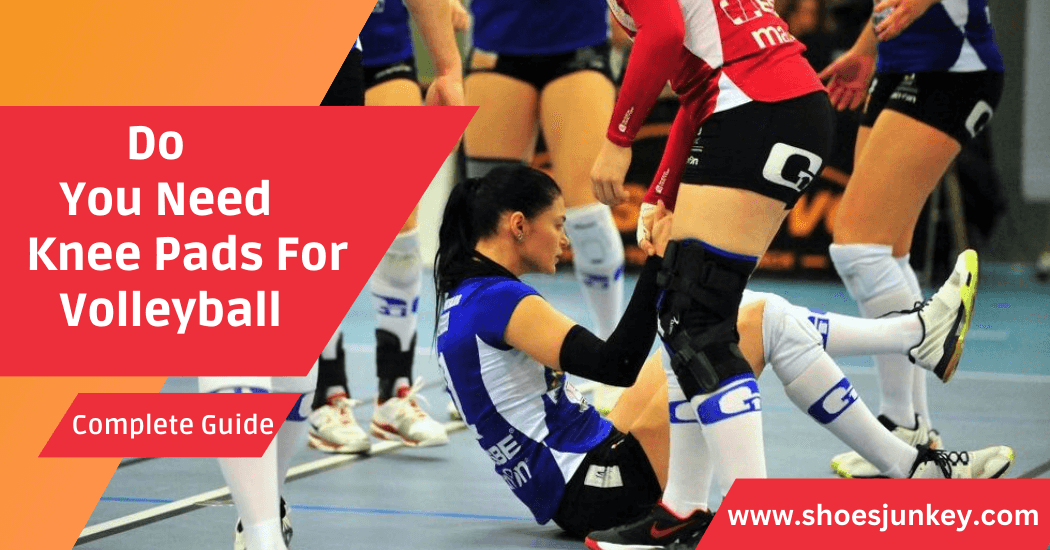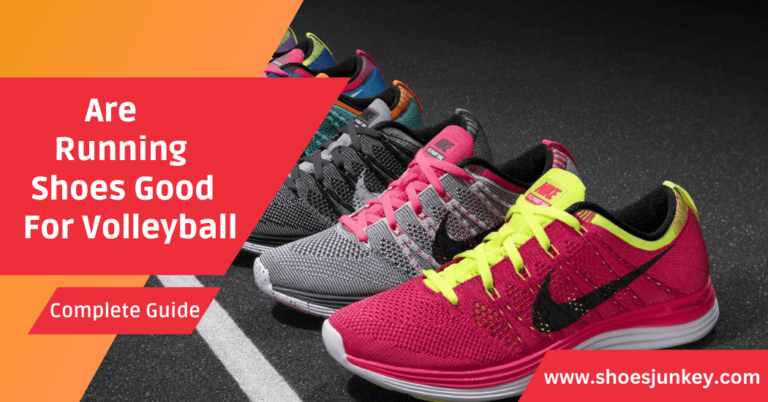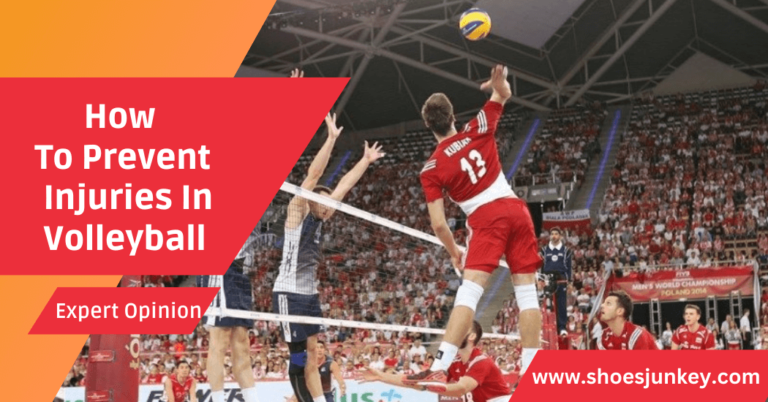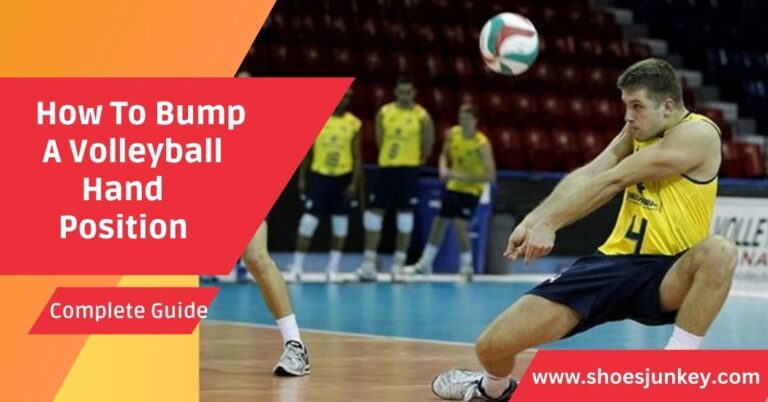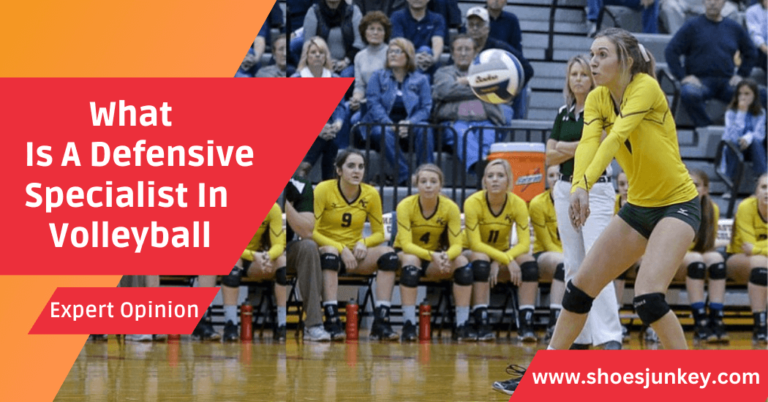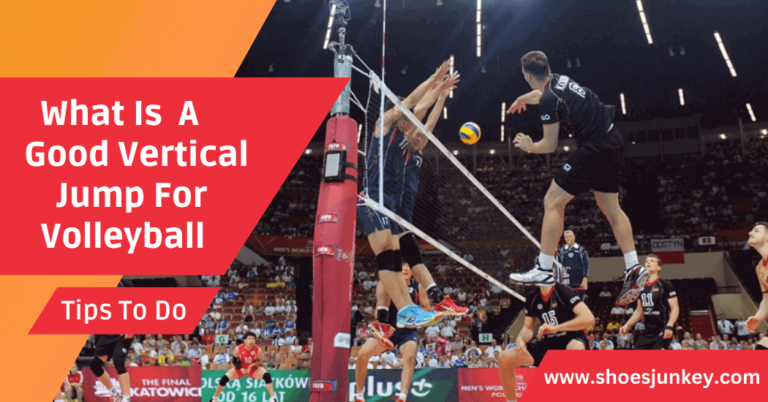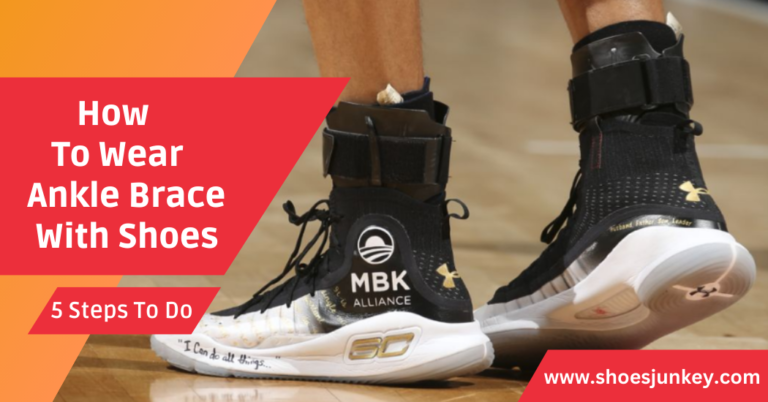Do You Need Knee Pads For Volleyball?
Volleyball, an intense and fast-paced sport, challenges players to jump, dive and pivot to excel in the game. With such physical demands, the use of protective gear like knee pads becomes indispensable. Knee pads provide cushioning and support to the knees, reducing the risk of injuries and allowing players to focus on their performance.
In this article, we’ll delve into the nature of volleyball, the benefits of using knee pads, address common misconceptions and guide you on selecting the right knee pad for an enjoyable and safe game experience.
Understanding the Nature of Volleyball
When playing volleyball, athletes frequently come into contact with the court’s surface. Plays like diving saves and sprawling defensive moves expose a player’s knees to potential injury from repeated impacts with hard surfaces. With the risk of scrapes, bruises, or even more severe injuries, it’s crucial to equip yourself with the necessary protective gear, such as knee pads.
Do you need knee pads for volleyball?
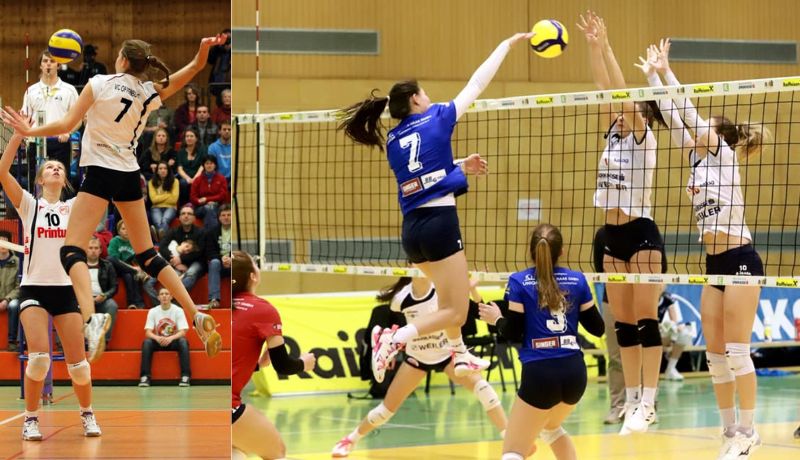
Absolutely! The use of knee pads in volleyball is not an option but a necessity. In a game where every point matters, players need to make the best moves they can and often, that means hitting the court – hard. Knee pads are designed to absorb the shock of such impacts, protecting the knees from damage.
They also provide an additional level of comfort, allowing players to dive for a ball without the fear of painful skin abrasions or bruising. Besides the physical protection, knee pads also offer a psychological benefit.
They increase a player’s confidence, knowing they have an added layer of protection, which often leads to improved performance on the court. So, for safety, comfort and performance enhancement, knee pads are indeed a crucial part of volleyball.
Benefits of Using Knee Pads in Volleyball
Knee pads offer numerous benefits to volleyball players, including:
- Injury Prevention: Knee pads create a barrier between the knee and the hard court surface, reducing the likelihood of bruises, scrapes or more serious knee injuries.
- Confidence Boost: When players know they have essential protection, they can focus more on the game and less on the potential risk of injury. This added confidence may lead to improved performance.
- Increased Comfort: Quality knee pads provide not just protection but comfort as well. They ensure a snug fit and are made of breathable material, allowing players to move freely without discomfort.
- Extended Career Longevity: By minimizing the risk of knee injuries, knee pads can help extend a player’s career by allowing them to stay healthy and fit for a longer period.
- Enhanced Agility: Some people may think that knee pads may restrict movement, but modern knee pads are designed to be lightweight and flexible, allowing for quick, agile movements on the court.
Types of Knee Pads
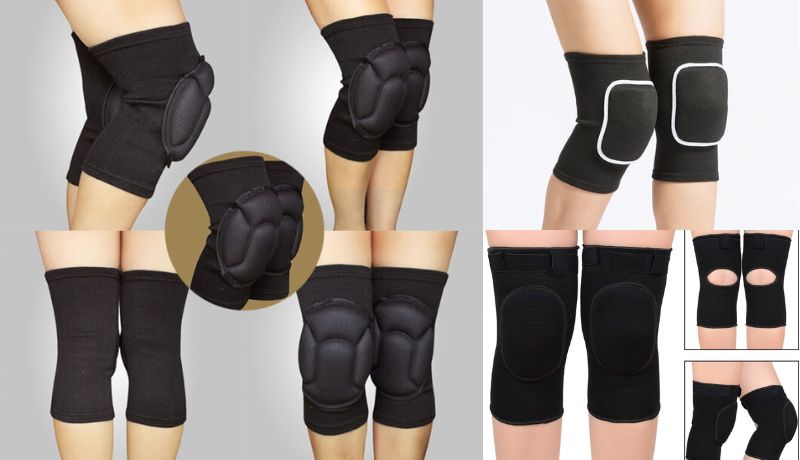
There are various types of knee pads available, ranging from basic foam pads to more sophisticated gel-based designs. The three main categories include:
- Basic Knee Pads: These are typically made of foam material and provide basic protection at an affordable price.
- Intermediate Knee Pads: Offer a balance between protection and mobility, incorporating additional cushioning like gel inserts or more durable materials.
- Advanced Knee Pads: High-end, tailored designs, providing optimal protection and performance features without compromising mobility.
Some popular and reputable brands in the volleyball knee pad market include Mizuno, Nike and ASICS. These brands are lauded for their focus on quality, performance and design, catering to all levels of player expertise.
When and How to Choose Knee Pads
Choosing the right knee pads largely depends on the nature of your gameplay and personal preferences. However, there are certain factors to consider that can help guide your decision.
- Level of Play: Beginners or recreational players may find basic knee pads satisfactory for their needs. However, competitive or professional players who engage in intense gameplay might require advanced knee pads for superior protection and mobility.
- Material and Design: Look for knee pads made from durable, high-quality materials that can withstand frequent use. The design should offer a secure fit while ensuring comfort and flexibility.
- Size and Fit: Knee pads should fit snugly around your knees without slipping. Many brands offer various sizes, so be sure to measure your knee circumference before purchasing.
- Protection vs. Comfort: Some players prioritize protection over comfort, while others prefer a balance between the two. It’s important to select a knee pad that aligns with your preferences to ensure an enjoyable playing experience.
- Brand Reputation: Lastly, take into account the reputation of the brand. Brands with a history of positive reviews and professional endorsements are more likely to provide high-quality knee pads.
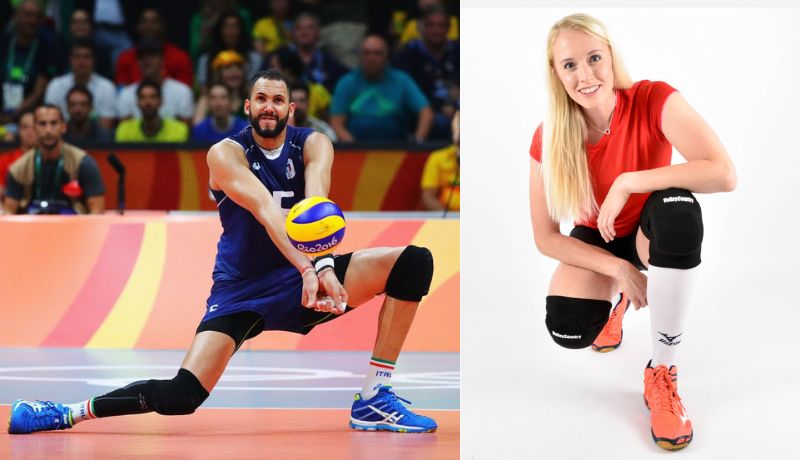
When it comes to timing, it’s best to purchase knee pads before you start playing volleyball regularly. This proactive measure can help prevent potential knee injuries from the get-go. However, it’s never too late to start wearing knee pads, especially if you’re experiencing discomfort or want to take preventive measures against injuries.
Addressing Common Misconceptions
Common misconceptions about knee pads often deter players from using them. Here, we address and debunk some of these myths:
- Knee Pads Hamper Mobility: Contrary to this myth, modern knee pads are designed to be flexible and lightweight, ensuring they don’t restrict movement. They aid in the players’ agility, allowing for quick reflexes during games.
- Only Beginners Need Knee Pads: This misunderstanding could potentially lead to unnecessary injuries. Athletes at all levels, from beginners to professionals, can benefit from the protective cushioning of knee pads, given the high-impact nature of the sport.
- All Knee Pads are the Same: Knee pads come in various types, designs and materials, each offering different levels of protection, comfort and mobility. It’s important to choose a style that suits your gameplay and personal preference.
- Knee Pads are Uncomfortable: While it might take a while to get used to wearing knee pads, they are designed to enhance comfort during the game. Opt for pads that are breathable, well-cushioned and offer a snug fit.
- Knee Pads are Not Necessary If You’re Careful: Even the most careful players can’t predict the fast-paced and unpredictable nature of volleyball games. Knee pads provide an essential layer of protection against unforeseen falls and impacts.
Conclusion:
It is important to consider the factors associated with wearing knee pads when playing volleyball. Whether you are a beginner or an experienced player with significant jumping and sliding action, investing in good quality knee pads may pay off by helping protect your knees and improving your overall performance.
For those looking for a combination of support and comfort during play, there are several excellent products available with unique features such as memory foam cushioning, adjustable straps, breathable fabric and more. Ultimately, though, your decision should be based on personal preference and individual needs.
No matter what knee pad you select, less pain in your joints will improve the likelihood of your success on the court – so take the time to invest wisely!

